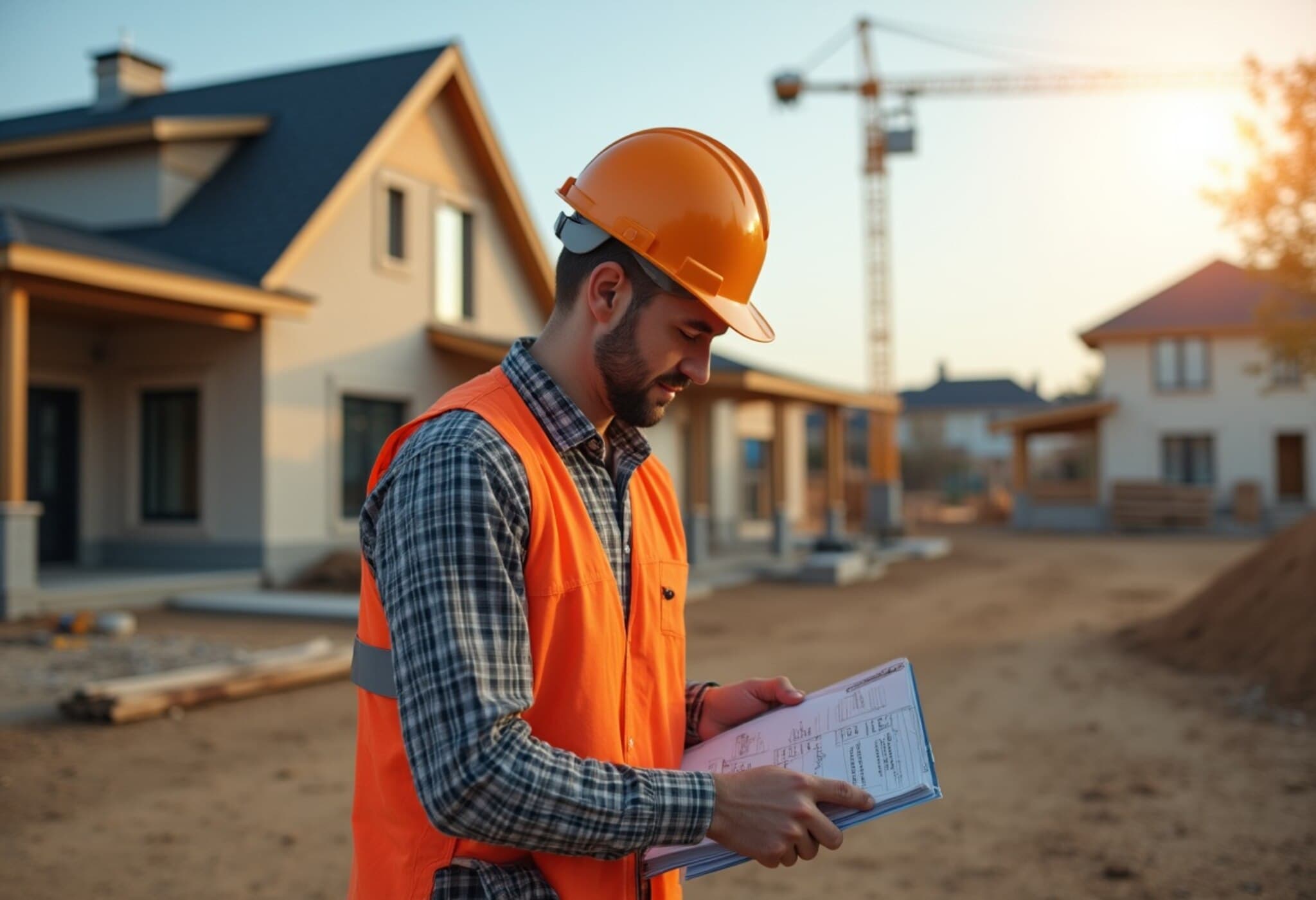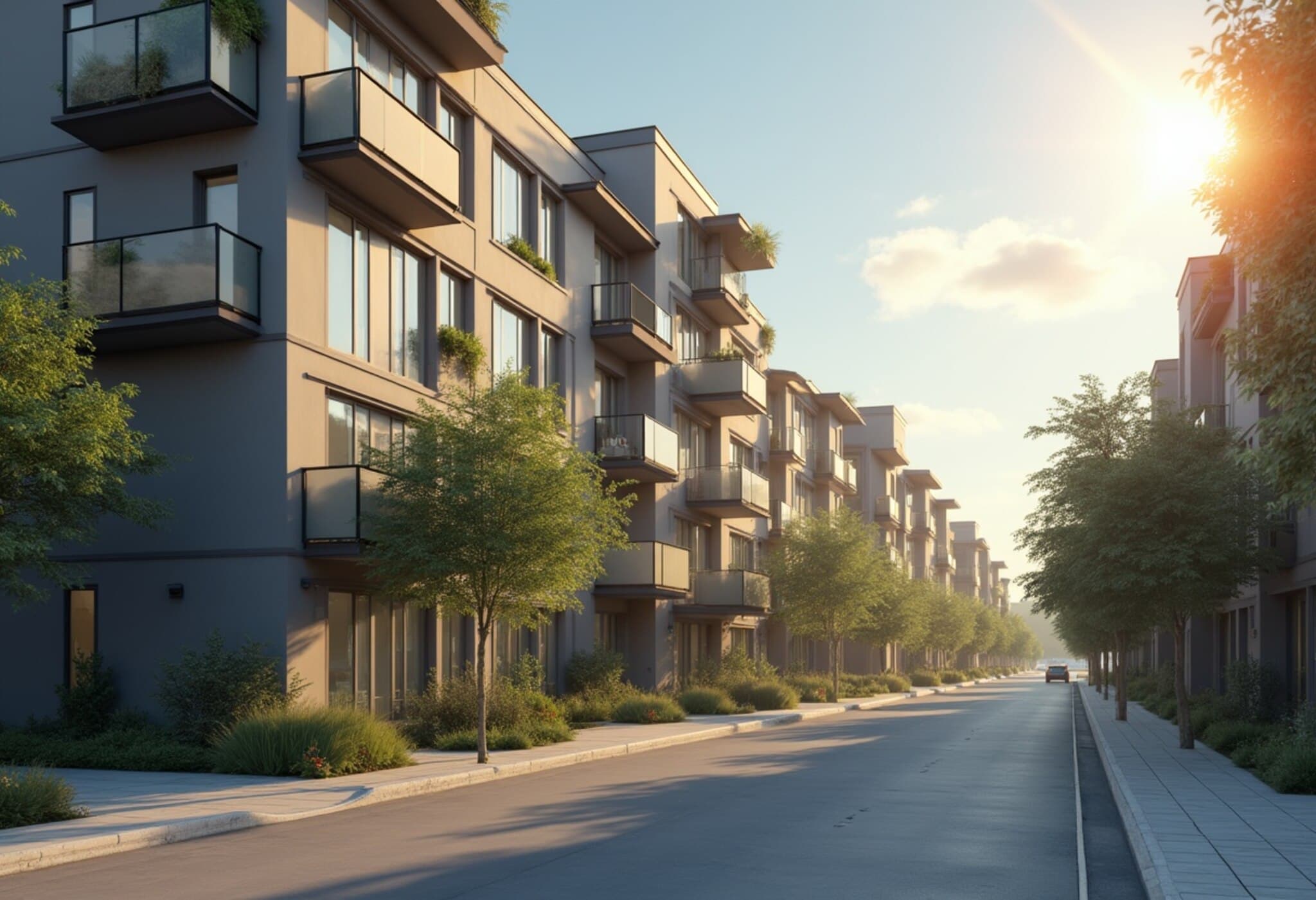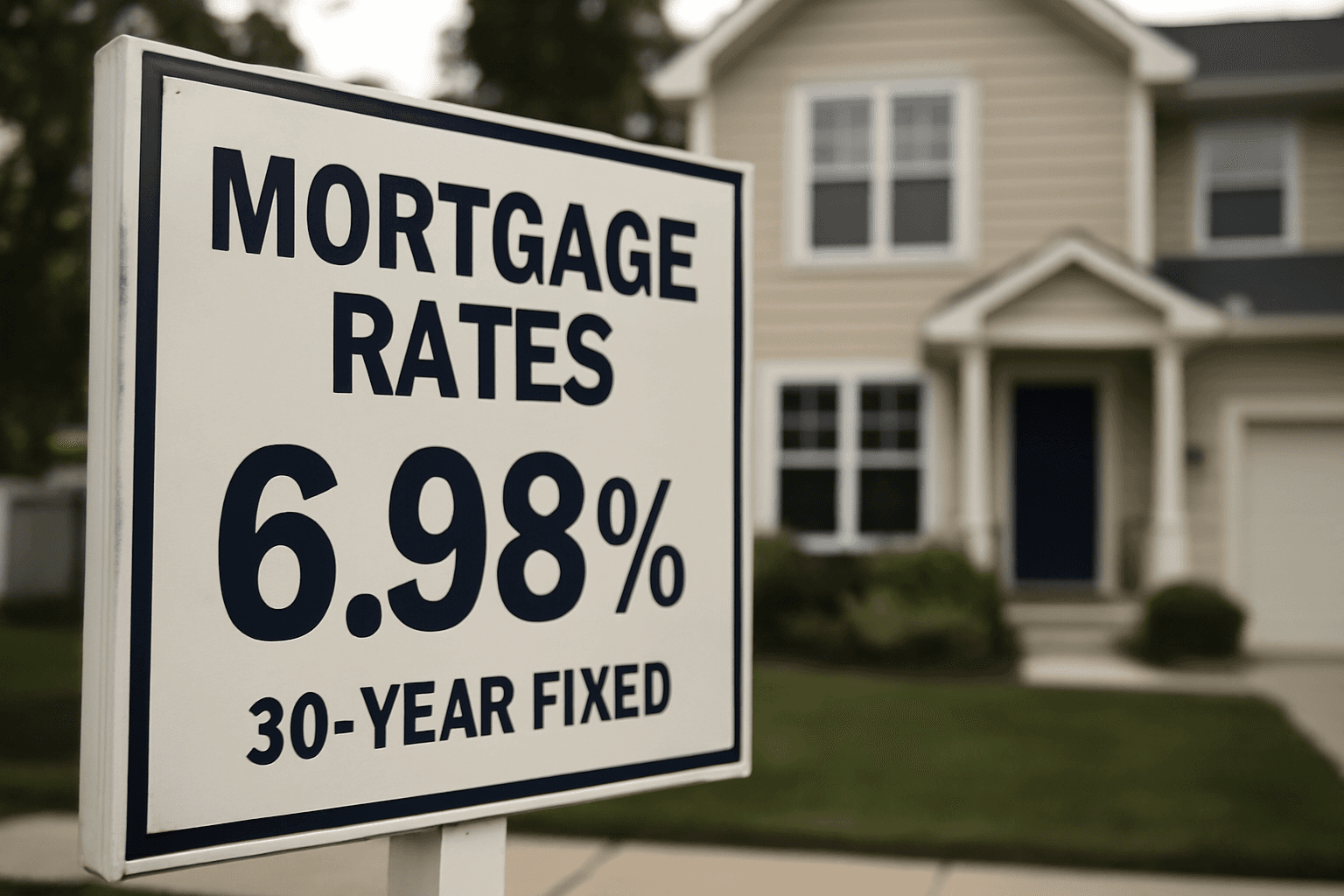Homebuilder Confidence Remains Negative Despite Slight Uptick in July
For more than a year, homebuilders across the United States have been navigating a challenging market marked by persistent uncertainty and declining buyer enthusiasm. The National Association of Home Builders (NAHB) recently reported that builder confidence in July inched up just one point to 33 on their index — a modest improvement, but still deeply entrenched in negative territory (anything below 50 signals pessimism).
This marks 15 consecutive months of negative builder sentiment, a reflection of ongoing pressures that have dampened demand for new homes nationwide. Back in July 2024, the index stood at 41, illustrating how the sector has steadily weakened over the past year.
Price Cuts Reach Three-Year High Amid Stagnant Mortgage Rates
Facing fraying demand, builders are taking increasingly aggressive steps to attract buyers, with 38% reporting price reductions in July, the largest share since the NAHB began tracking this metric in early 2022. On average, prices were trimmed by about 5% — a rate consistent since last November but now amplified by the sheer volume of sellers slashing costs.
This development highlights the sharp tension between buyer affordability and seller profitability in today's housing market. Elevated mortgage rates have kept monthly payments high, limiting many buyers' purchasing power. Consequently, builders have resorted to incentives such as mortgage rate buydowns, which, although helpful, come at the expense of their profit margins.
Jonathan Woloshin, a real estate analyst with UBS, explains, "If builders turn to deeper, broader price cuts alongside mortgage buydowns, their profit margins would be hit hard — and they’re unlikely to recoup losses through increased sales volume given current demand challenges." This balancing act underscores the fragile economics underpinning new home construction right now.
Regional Variations and Market Trends
Broken down regionally, builder confidence displayed mixed signals: the Northeast saw a slight increase, the Midwest remained flat, while the South and West experienced further declines, with the West showing some of the weakest readings.
Looking at the NAHB index components, current sales conditions nudged up a point to 36, and sales expectations for the next six months grew by three points to 43 — offering a sliver of optimism. However, buyer traffic, a critical barometer of demand, slipped slightly to 20, marking its lowest level since the end of 2022.
Affordability Challenges Cloud Housing Starts and Permits
Robert Dietz, NAHB’s chief economist, cautions that the single-family home market faces persistent headwinds. "Housing starts are expected to decline throughout 2025 due to ongoing affordability issues," Dietz noted. Single-family building permits have already fallen by 6% year-to-date, reinforcing the narrative of a market grappling with high costs and limited buyer access.
The Impact of Recent Fiscal Measures
The slight uptick in confidence is partly attributed to the newly passed budget act which included tax relief targeted at households, builders, and small businesses. While these measures may inject some temporary momentum, the underlying affordability crisis remains a formidable barrier.
Buddy Hughes, NAHB chairman and seasoned builder from Lexington, North Carolina, reflects, "The new legislation could spur economic momentum after an underwhelming spring. Still, elevated interest rates continue to suppress housing affordability, thereby dampening demand throughout 2025." This underscores the delicate balance between government intervention and market realities consumers and builders face daily.
Why This Matters: Broader Economic & Policy Implications
From an economic standpoint, the ongoing slump in builder confidence and buyer traffic is more than just a housing market issue—it’s a signal of broader affordability stress affecting millions. As homeownership remains a primary vehicle for wealth building in the U.S., persistent price cuts and constrained starts could reverberate across local economies and labor markets, especially in regions heavily reliant on construction jobs.
Policy experts point out that tackling housing affordability requires a multifaceted approach. This may include:
- Reevaluating zoning laws to increase supply
- Incentivizing sustainable construction technologies to lower costs
- Reconsidering fiscal tools like mortgage interest deductions to better target those at risk of being priced out
- Addressing the persistent rise in mortgage rates through monetary policy balance
Without bold initiatives, the risk is prolonged stagnation in housing supply growth, further sidelining aspiring homeowners and tightening economic disparities.
Looking Ahead: Can Builders and Buyers Find Common Ground?
In this delicate market ecosystem, both builders and prospective buyers are caught in a tug-of-war between price sensitivity and financial feasibility. Builders’ attempts to entice buyers through discounts and rate incentives illustrate the lengths they must go to adapt. Yet, for many buyers, monthly mortgage costs remain daunting.
As the nation watches housing trends unfold, stakeholders—from policymakers to market analysts—should keep close tabs on how these dynamics evolve and what they mean for the broader American dream of homeownership.
Editor’s Note
This ongoing price slashing by homebuilders is more than a market correction; it is a signpost of deeper challenges facing American housing. The complexities of mortgage affordability, regional disparities, and fiscal policy intersection demand a holistic conversation on sustainable housing solutions. As affordability remains the linchpin, how will evolving economic policies and market adjustments reshape the homebuilding landscape through the rest of 2025 and beyond? Readers are encouraged to consider these pressing questions as the sector navigates uncharted terrain.



















